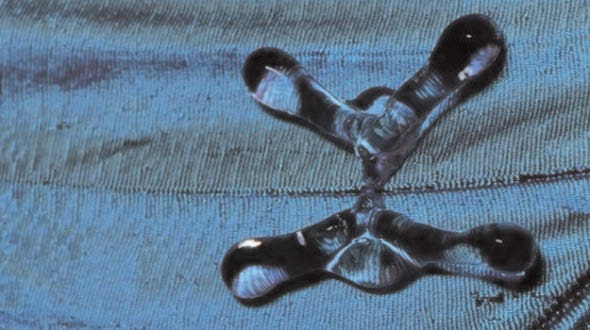
LONDON (TIP): Grandma was right.Wild honey does work wonders against infections and scientists finally know why. Scientists now say that 13 lactic acid bacteria found in the honey stomach of bees have shown promising results in a series of studies at Lund University in Sweden. The group of bacteria counteracted antibiotic-resistant MRSA in lab experiments. The bacteria, mixed into honey, has healed horses with persistent wounds. They have now suggested that bacteria from bees can be a possible alternative to antibiotics.
Raw honey has been used against infections for millennia, before honey – as we now know it – was manufactured and sold in stores. Researchers at Lund University in Sweden have identified a unique group of 13 lactic acid bacteria found in fresh honey, from the honey stomach of bees. The bacteria produce a myriad of active antimicrobial compounds.While the effect on human bacteria has only been tested in a lab environment thus far, the lactic acid bacteria have been applied directly to horses with persistent wounds.
The lactic acid bacterial(LAB) was mixed with honey and applied to 10 horses;where the owners had tried several other methods to no avail. All of the horses’ wounds were healed by the mixture. The researchers believe the secret to the strong results lie in the broad spectrum of active substances involved. “Antibiotics are mostly one active substance, effective against only a narrow spectrum of bacteria. When used alive, these 13 lactic acid bacteria produce the right kind of antimicrobial compounds as needed, depending on the threat.
It seems to have worked well for millions of years of protecting bees’ health and honey against other harmful microorganisms. However, since store-bought honey doesn’t contain the living lactic acid bacteria, many of its unique properties have been lost in recent times,” explains Tobias Olofsson. The study says “Today, due to overuse of antibiotics and emerging antibiotic-resistant pathogens,we are facing a new era of searching for alternative tools against infectious diseases.
Chronic wounds infected by pathogens are subjects for intensive research efforts because of the bacteria’s ability to sustain antibiotic treatment and maintain chronic infections”. They added “Less than a decade ago,we discovered a large unexplored bacterial microbiota in symbiosis with honeybees and located in the honey stomach. The novel microbiota is entirely composed of approximately 40 lactic acid bacterial strains with 13 taxonomically well-defined Lactobacillus species. Certain species within LAB may produce bioactive compounds such as organic acids, free fatty acids, ethanol, benzoate, enzymes, hydrogen peroxide, antimicrobial peptides and antibiotics.




Be the first to comment